South of Kyoto and Osaka is the Kii Peninsula, a sacred spiritual heartland of Japan since ancient times. Over centuries it was the most popular pilgrimage destination and devout followers followed the trails through the forested hills and gorges. The UNESCO World Heritage Sites in this region span three areas that are physically connected by pilgrimage routes. It is one of only two World Heritage Sites featuring pilgrimage routes, the other being in Spain.
The trails are rich in history, dotted with monuments and natural phenomena that have inspired and been the place of worship for many over the centuries. Some of the routes are physically demanding and follow some very difficult terrain and mountains up to 1,000m (3,300ft) high, while others follow gentle pathways through forests and along rivers. Tired and weary pilgrims could stop at the hot springs along the way to sooth their muscles, and there was one in particular we were heading to. By bus, I should add. We weren’t trekking for days over mountains.

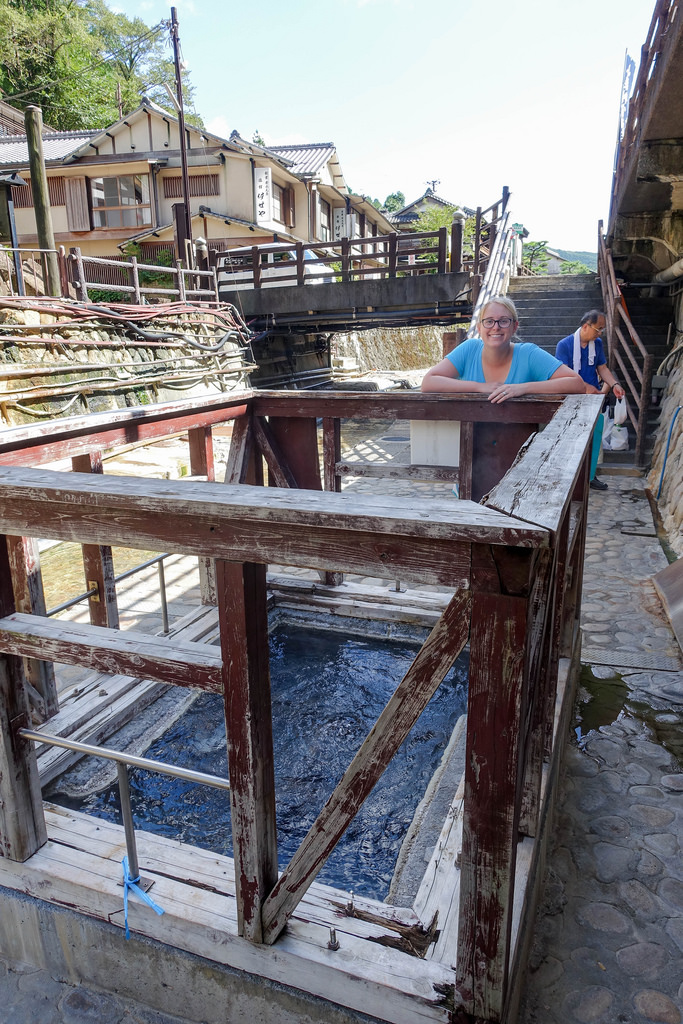
Yonomine is a very quaint mountain village with only a few guesthouses and one shop nestled alongside a stream in a very steep gorge. It is home to the world’s only UNESCO World Heritage hot spring onsen.

The village has a central cooking station where people put the boiling water that bubbles out of the ground to good use by boiling eggs and cooking vegetables. You can have a hard-boiled egg in 13 minutes!


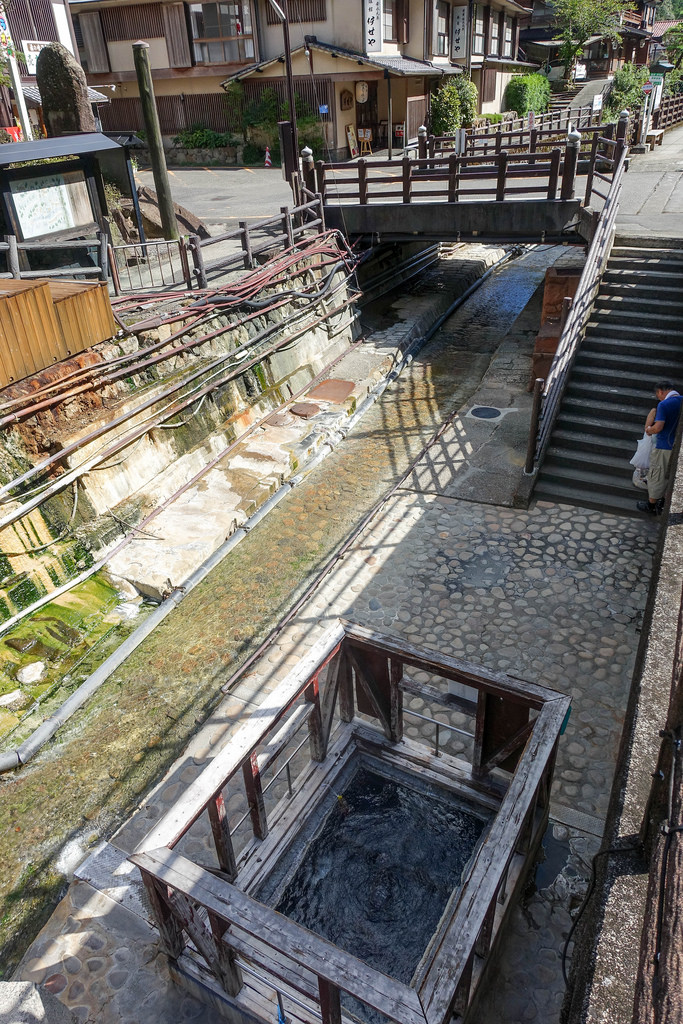

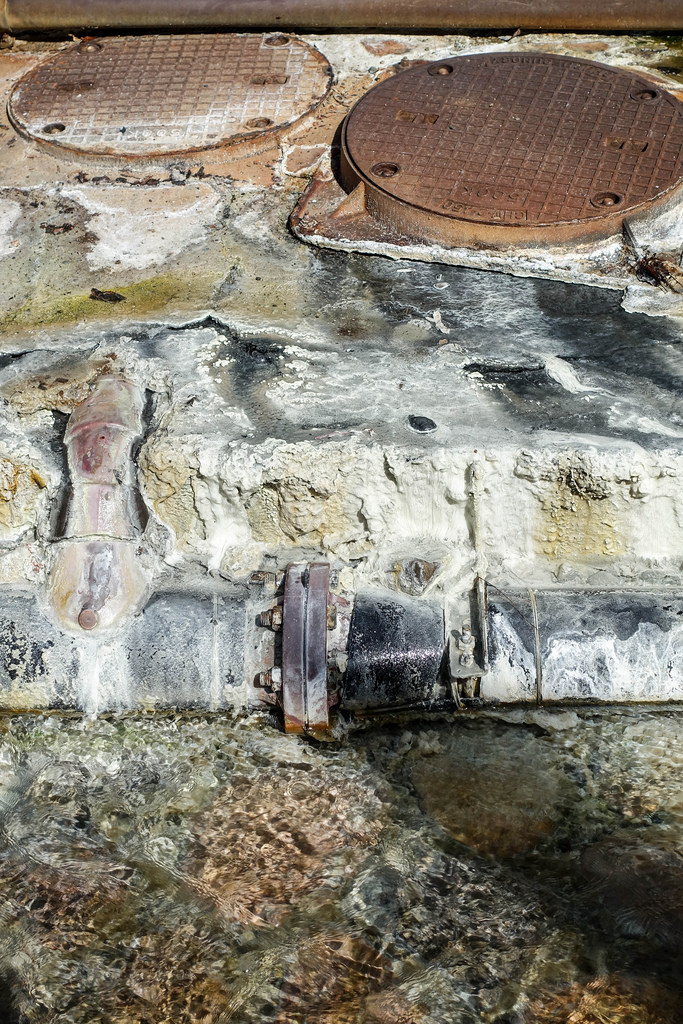
The famous onsen Tsuboyo is a small wooden hut next to the river with a bath carved out of the stone. It was used for centuries by pilgrims who used it for purification rituals and to heal sore limbs.


Visitors to the onsen buy a ticket and reserve a 30 minute slot. It wasn’t busy when we were there so we chose a slot later in the evening to make the most of the famed healing and regenerative waters before bed.
While there was still daylight I wanted to follow a section of the Kumano trail to the central point where all the trials converge, to see where the pilgrims used to go. The route from Yunomine to the neighbouring town of Hongu in mileage terms is not very far, just over the mountain in the neighbouring valley. Not so bad, or so I thought.


The heat and humidity under the foliage was tough, and what seemed like a physical but not too demanding hike turned out to be a lot tougher than expected. Anyone who does this for days at a time has my utmost respect. But I think for good reason most people follow these trails in the spring or autumn when the weather is that much cooler. In those conditions I think it would be much more pleasant.
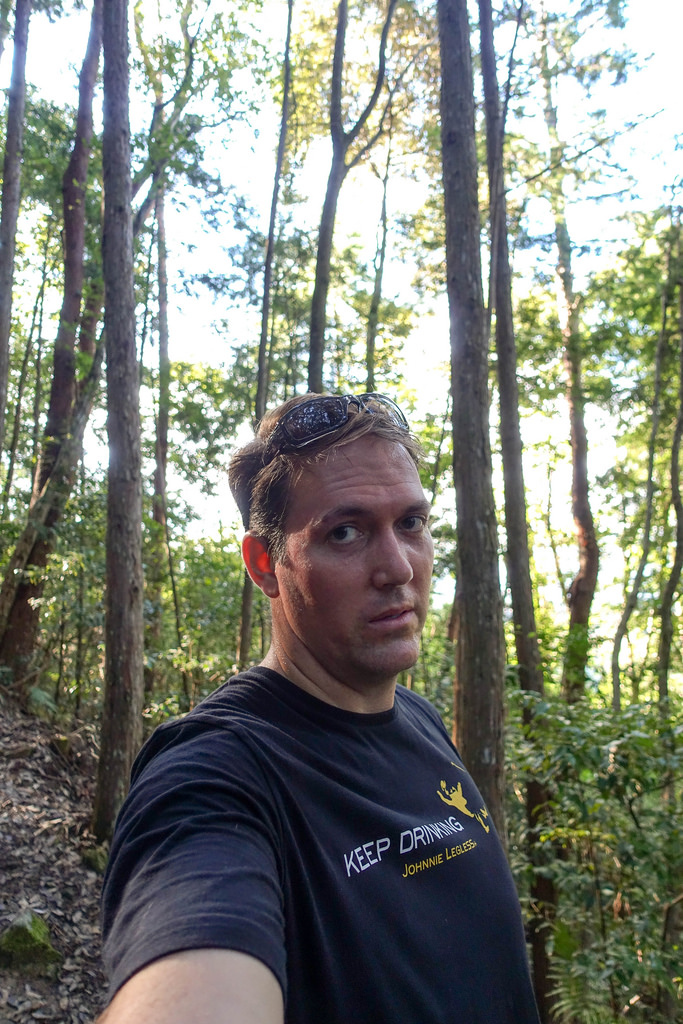


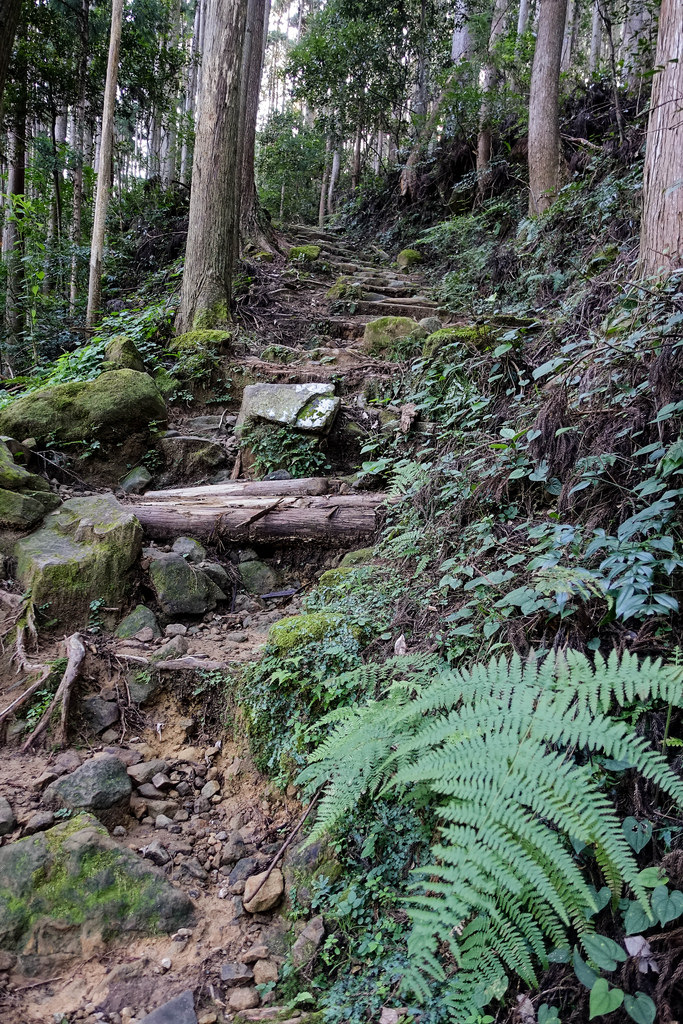


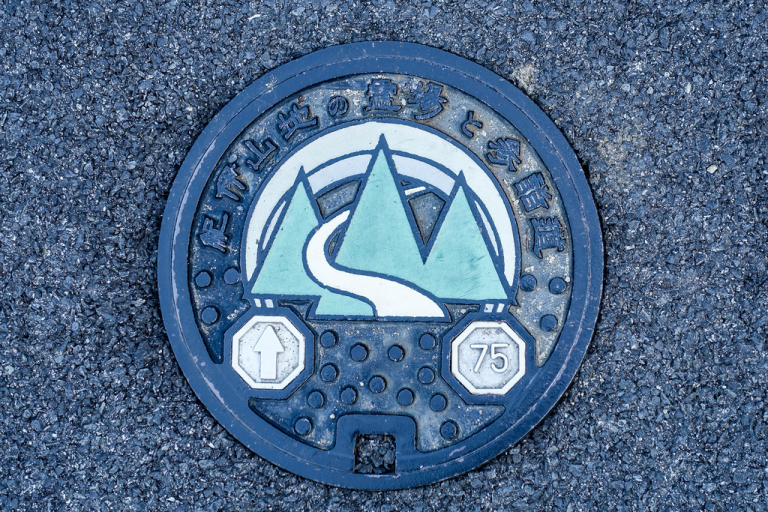

Oyunohara is on a islet in the Kumano River. All of the pilgrimage trails through the peninsula converge on this location from different directions. Collectively these trails are know as Kumano Kodo. From Kyoto it used to take around 40 days to complete and one emperor is said to have completed the pilgrimage 23 times with an entourage of 1,000 following.
Kumano Hong Taisha, the final destination of the pilgrimage, once stood here. 12 shrine pavilions stood here but most were destroyed by a severe flood in 1889. Today two stone shrines remain on the original site that is home to the largest Torii gate in the world: 34 metres (111ft) tall and 42 metres (138ft) wide.

This is known as the place where deities descended to earth into the branches of an oak tree.



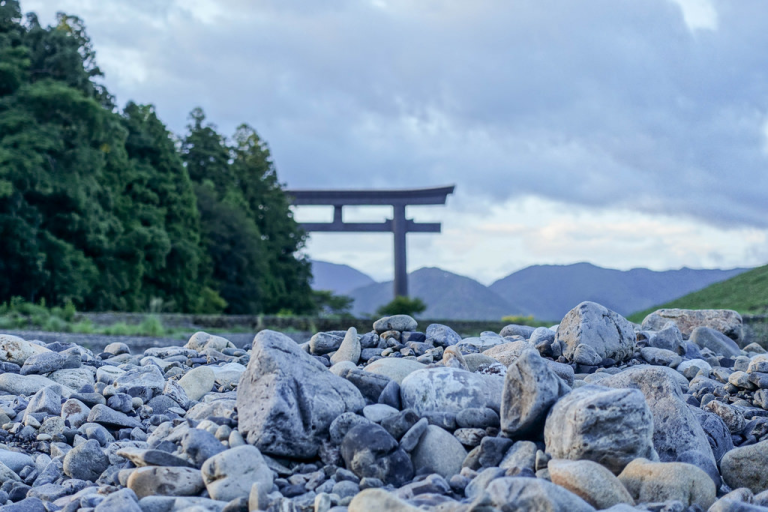


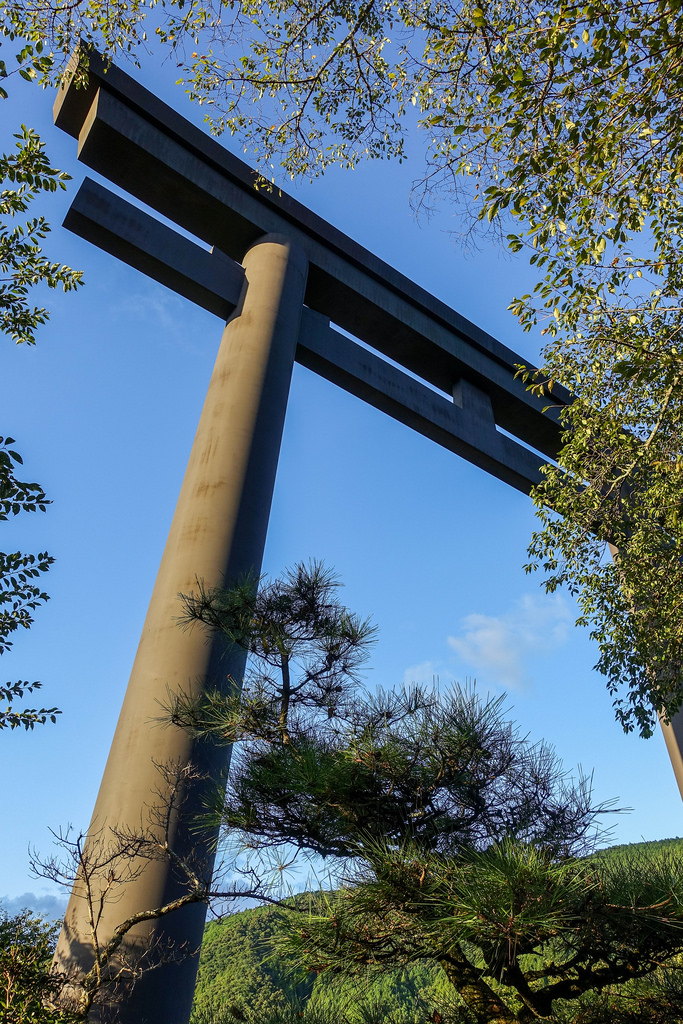

Four of the twelve shrine pavilions from the original Kumano Hongu Taisha Grand Shrine, were salvaged after the flood and relocated to a new home about 10 minute walk away on the other side of town.

There was time to take walk through town and purchase some refreshments before waiting for the bus back to Yunomine. Walking over the mountain in one direction was enough for one day.

A three-legged crow was supposed to have been sent from heaven to guide Emperor Jimmu on his journey along what subsequently became the Kumano trail. A symbol of the three-legged crow features on the local Kumano beer.
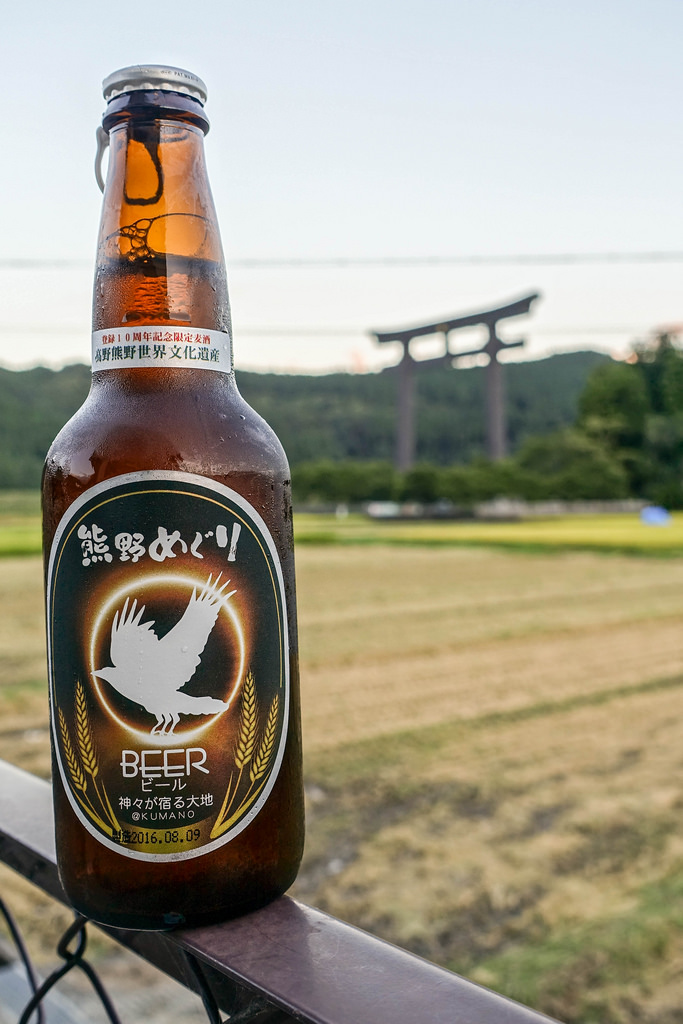
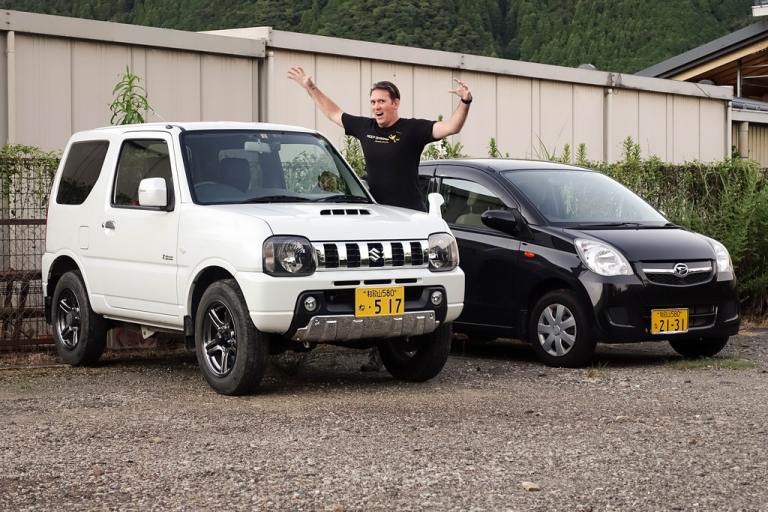
Yunomine was the location for our second stay in a traditional Ryokan inn after our visit to Yudanaka.



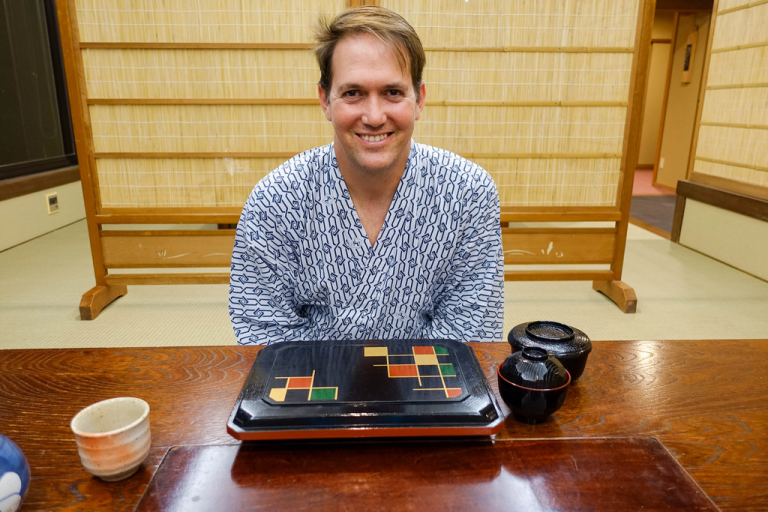


After dinner we took a walk through the village for our reserved time at the onsen.

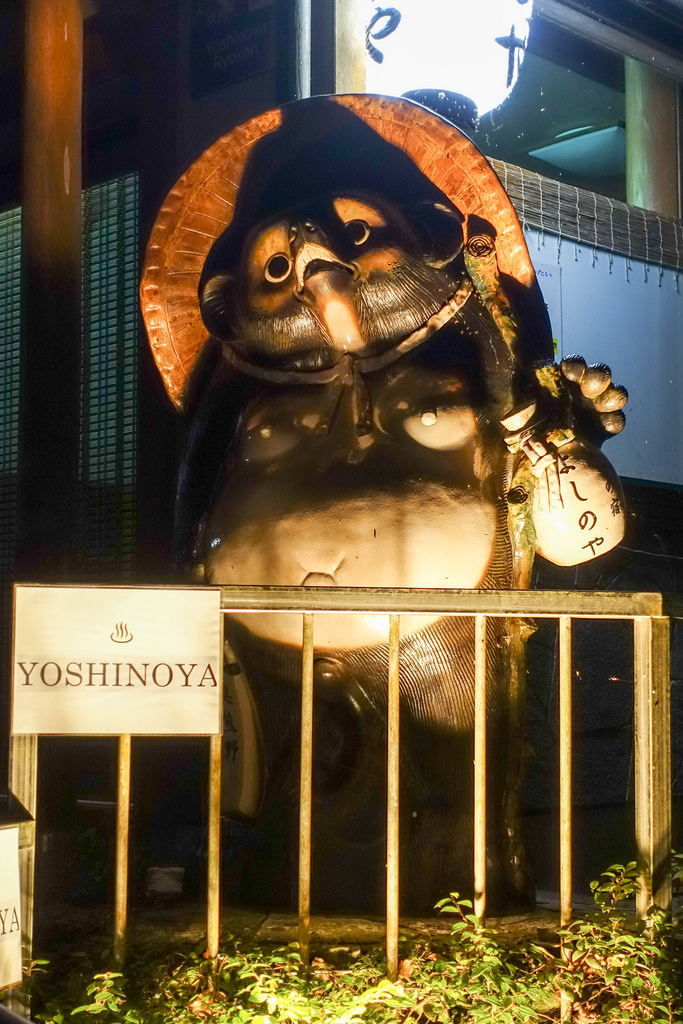





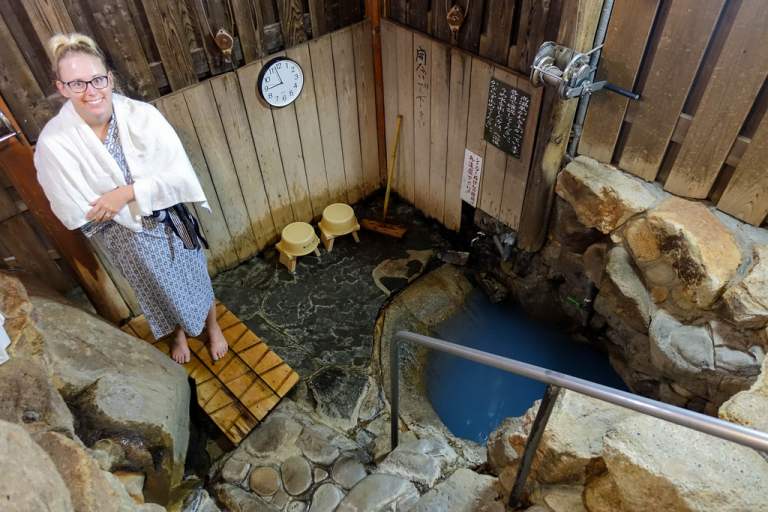
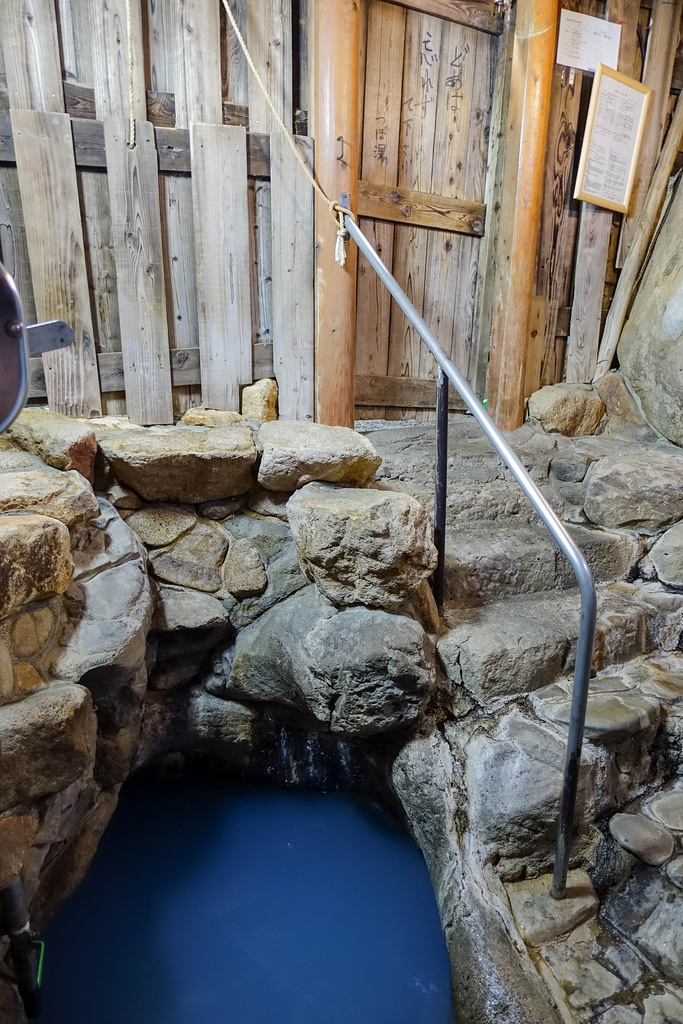
Our ryokan, like every one in the town, also had its own onsen baths.
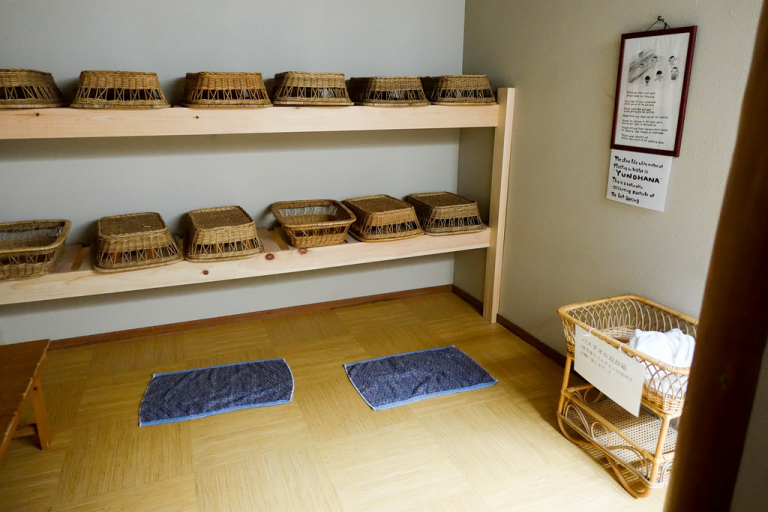


Breakfast the next morning at the ryokan was a particularly fishy one, but fortunately we just had to walk out the door to go and fix ourselves some eggs.

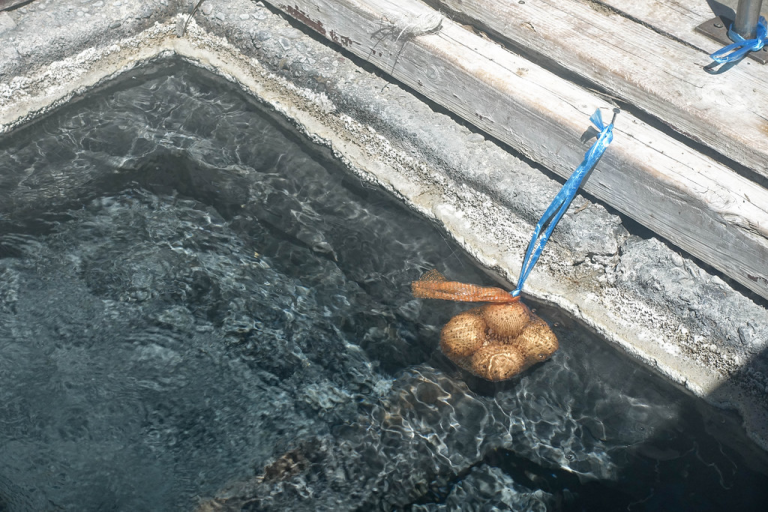







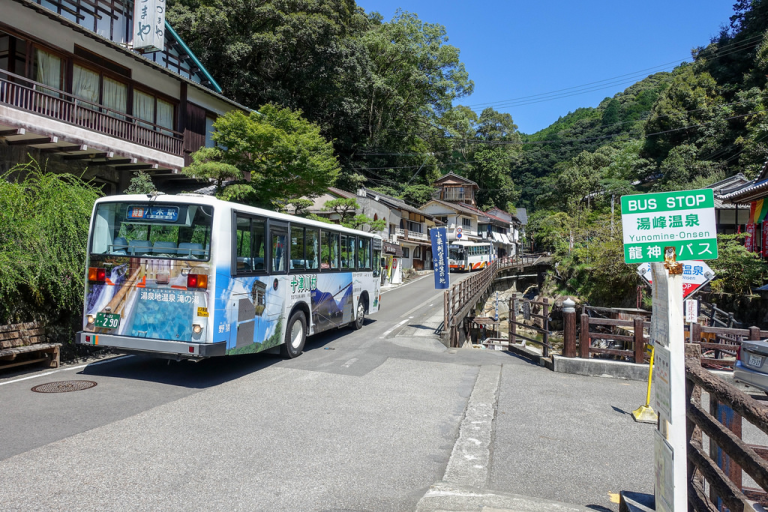


For the journey from Yunomine to our next stop in Hiroshima, we took the long way round the bottom of the Kii Peninsula to see some of the scenery from the train. This area is the southern-most part of Honshu, the main island of Japan, and has some coastal resort towns that are popular destinations for Japanese visitors.



Changing onto the shinkansen in Osaka, there was time to buy a shinkansen-themed ekiben lunchbox

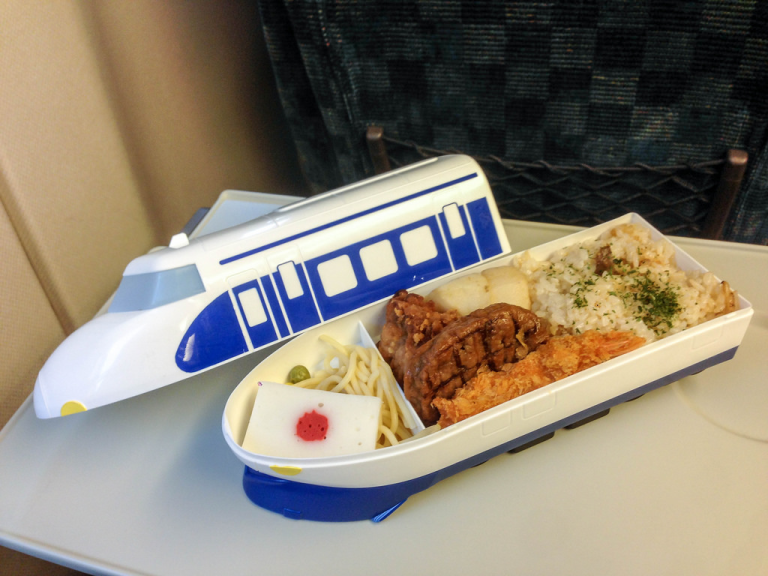

Links
Kumano Tourism – www.tb-kumano.jp/en and kumano-travel.com
Accommodation: Iseya Ryokan – can be booked through the Kumano Tourism website
Oyunohara (Japan National Tourism Link) – jnto.go.jp

One thought on “Yunomine Onsen & the Kii Peninsula”